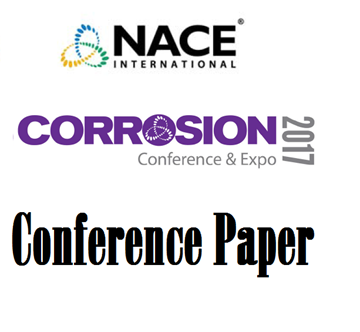Search
10174 Non-Intrusive Online Multi-Sensors for Pipeline Corrosion Monitoring "Field Testing"
Also Purchased
Online Continuous Corrosion Monitoring for Detection Monitoring and Control of Localized Corrosion
Product Number:
51317--9065-SG
ISBN:
9065 2017 CP
Publication Date:
2017
$20.00
51312-01261-Non-Intrusive Techniques to Monitor Internal Corrosion of Oil and Gas Pipelines
Product Number:
51312-01261-SG
ISBN:
01261 2012 CP
Publication Date:
2012
$20.00
03175 ONLINE, REAL-TIME CORROSION MONITORING FOR IMPROVING PIPELINE INTEGRITY – TECHNOLOGY AND EXPERIENCE
Product Number:
51300-03175-SG
ISBN:
03175 2003 CP
$20.00




